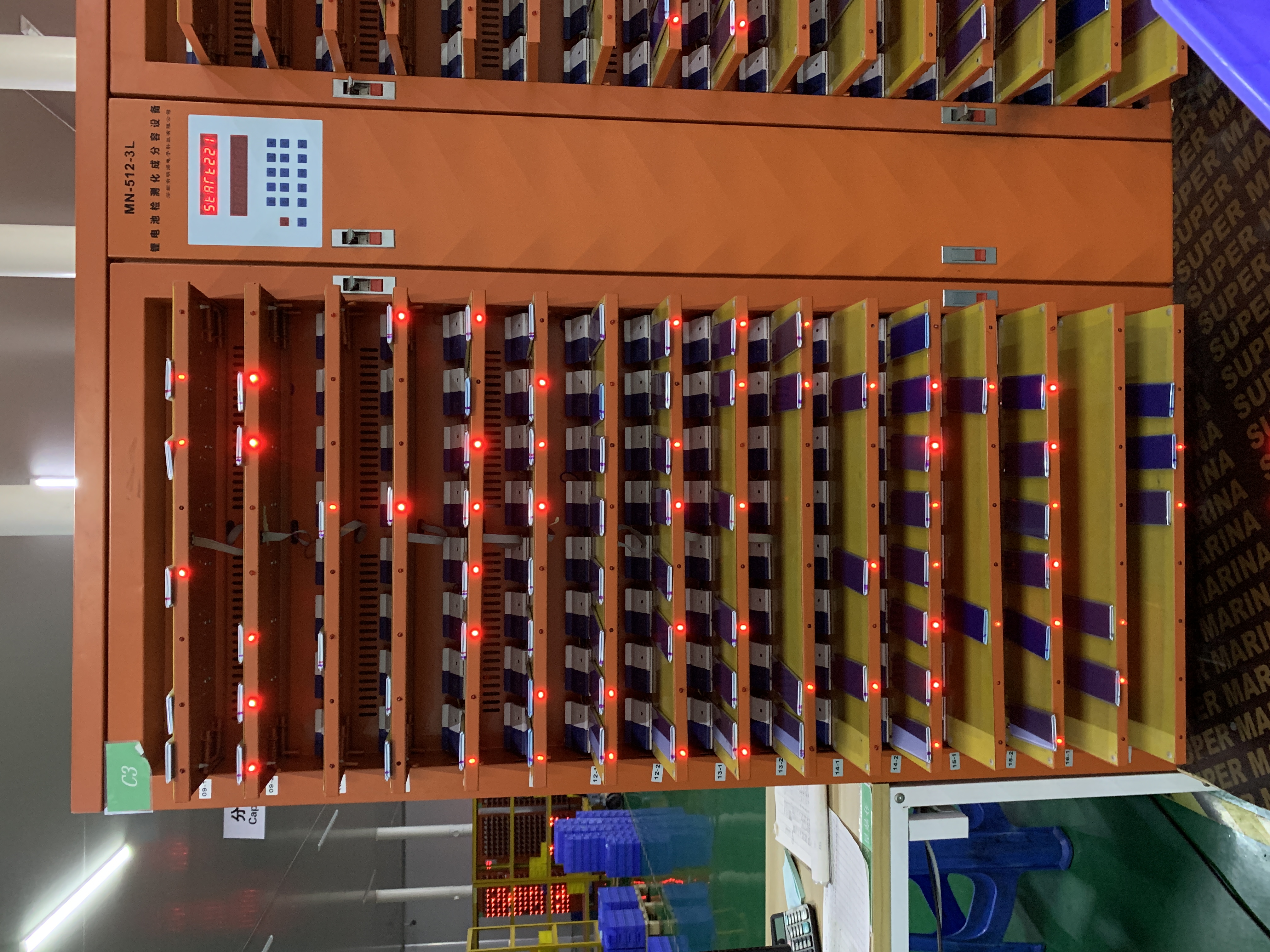锂电池固态电解质机理研究进展
All-solid-state power lithium battery has become a hot spot in battery research because of its safety and high energy density. The key to successfully constructing this battery is to find a suitable solid electrolyte. In order to design a solid electrolyte with high ionic conductivity in a targeted manner, researchers must first fully understand the lithium ion transport mechanism. For solid electrolytes, the "non-periodic structure" that disturbs the ideal crystal structure can bring about an order of magnitude change in ion conductivity, so they are essential for understanding the ion transport mechanism.
In previous studies, the non-periodic structures that have received widespread attention mainly include the two major categories of grain boundaries and point defects, and the above work found a new class of non-periodic structures that can greatly affect ion transport. By observing the classic solid electrolyte Li0.33La0.56TiO3 through spherical aberration corrected transmission electron microscopy, the researchers found a large number of monoatomic layer defects, and these defects form a closed loop with each other. Comprehensive analysis of microscopy and theoretical calculations shows that although these defects are only one atomic layer thick, its special atomic configuration can completely prevent lithium ions from passing through. When these defects combine with each other to form a closed loop, the lithium ions in the enclosed volume cannot escape, and the lithium ions outside cannot enter, so that this part of the material cannot substantially participate in ion transport.

Electron microscope observation has confirmed that this phenomenon exists in a large amount in the sample, and the ionic conductivity of Li0.33La0.56TiO3 will therefore decrease by about 1-2 orders of magnitude. The researchers named this unique non-periodic structure "single-atom-layer trap" (SALT). In future research, if the formation of single-wall lithium traps can be reduced or even avoided, the ionic conductivity will be significantly improved. Researchers are exploring further in this direction.
This discovery provides a new direction for the study of ion transport mechanism and material design optimization. Reviewers of Nature Communications highly affirmed the work, saying that "this article is exciting to read and reported a very novel observation", and that "it will be even more common in the field of solid electrolyte/solid battery Provoked extensive discussion in the community of materials science and electron microscopy."
The first unit of the paper is the Chinese University of Science and Technology, the co-first authors are Zhu Feng, a PhD student of the Chinese University of Science and Technology, Md Shafiqul Islam, a PhD student from the University of Maryland, and Lin Zhou, Ph.D. from the Ames Laboratory, and the co-corresponding author is Mo Yi, a professor at the University of Maryland. Ma Cheng, a non-China University of Science and Technology professor. This work was supported by the National Key R&D Program of the Ministry of Science and Technology, the National Natural Science Foundation of China, and the China National University of Science and Technology Innovation Team Cultivation Fund.
-
skype
Zale Zhou
